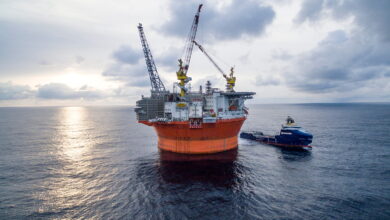BSEE rule allows industry more development time
A final regulation by the US Bureau of Safety and Environmental Enforcement (BSEE) doubles the amount of time offshore oil and gas operators will have to coordinate development operations and retain their leases in federal waters of the US Outer Continental Shelf.
“This rulemaking extends the time from 180 days to one year between production, drilling or well-reworking operations on a lease,” Scott Angelle, BSEE Director, said. “These additional months mean companies doing business on the Outer Continental Shelf will have more planning flexibility, which will help them be more cost efficient, create more jobs and maximize the economic benefit for the entire nation.”
Congress directed BSEE to make this amendment in the Consolidated Appropriations Act of 2017, Public Law No. 115-31. In response, BSEE amended sections 250.171 and 250.180 of title 30, Code of Federal Regulations. A notice of the final rule, titled Oil and Gas and Sulphur Operations on the Outer Continental Shelf— Lease Continuation Through Operations, is available in the Federal Register.
The extension of time also affects related BSEE guidance documents, such as NTL No. 2008-N09, and unitization agreements that follow a BSEE-approved model. BSEE plans to revise the relevant notices to reflect the extension of the 180-day requirement to one year and encourages parties with existing unit agreements to consider revising those agreements to reflect the change.




